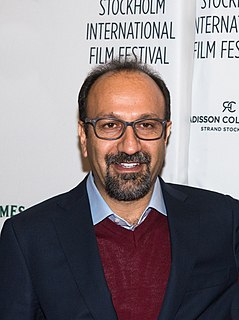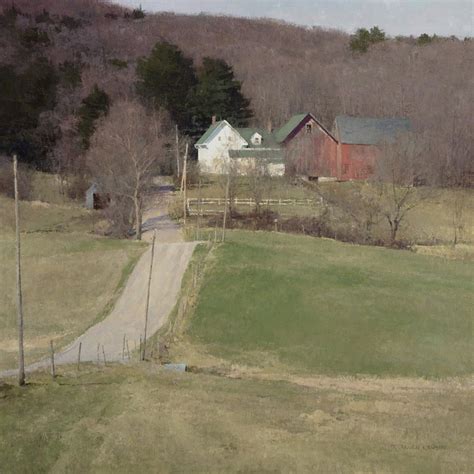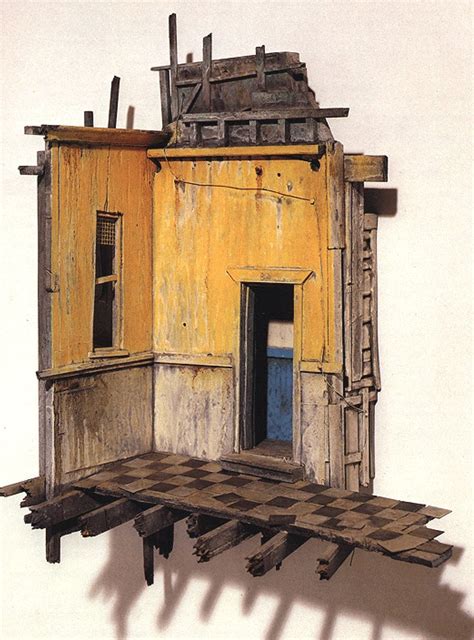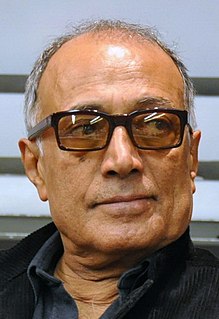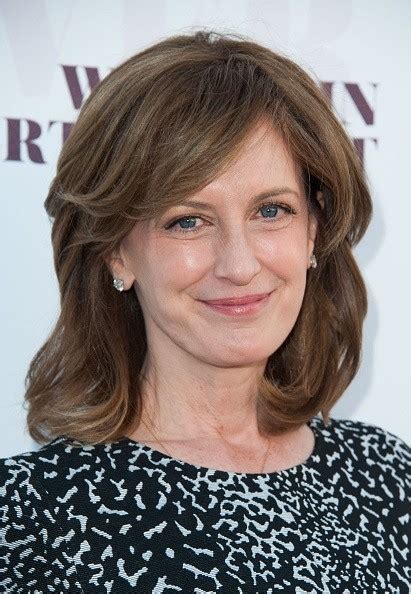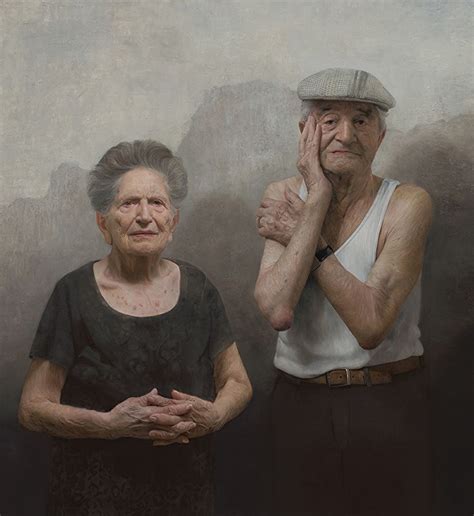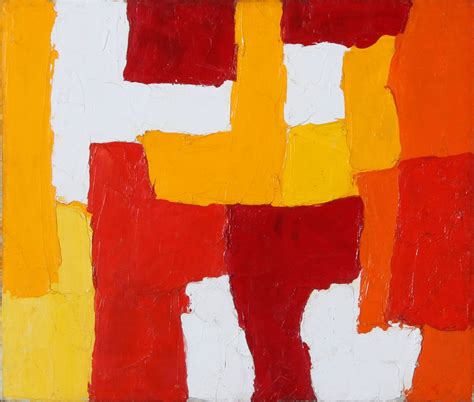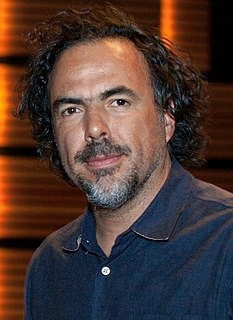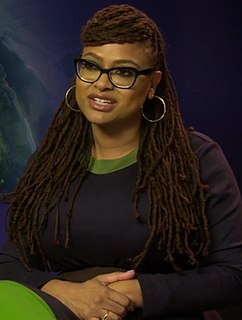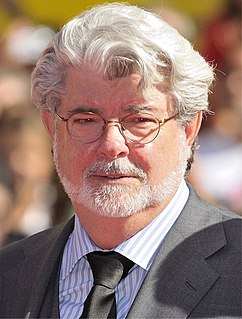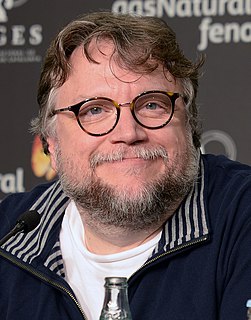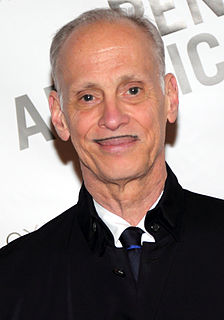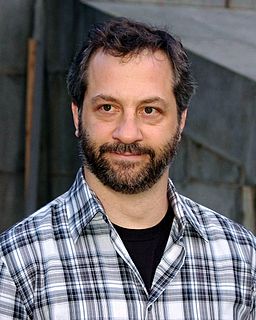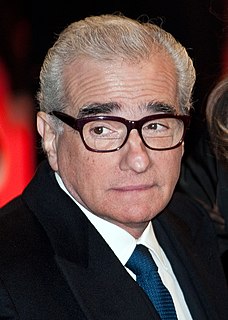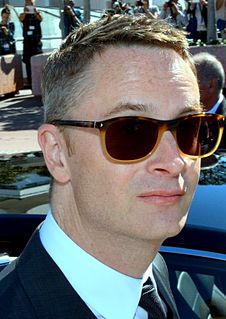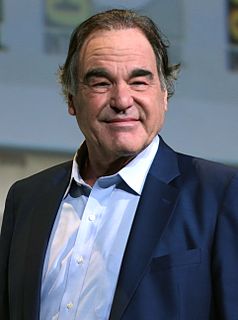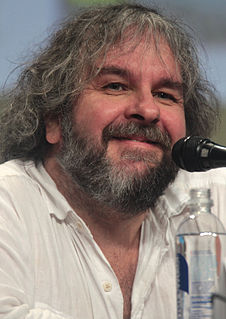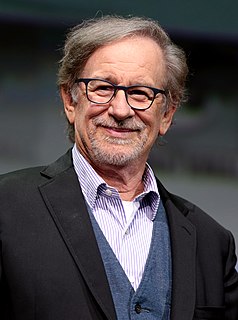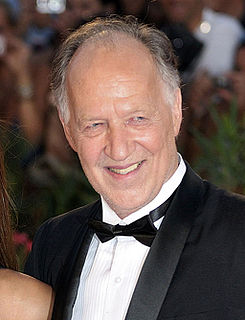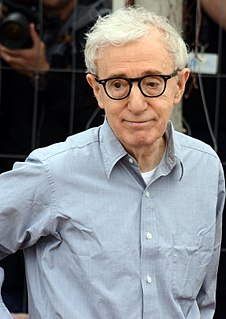A Quote by Asghar Farhadi
I always feel that a viewer has an expectation about every moment of the film and where it's going, so if I act against that, I've created a twist. In fact, it becomes a kind of game with the expectations of the viewer. This is the superficial appearance. In the layer beneath, there is a hidden theme.
Related Quotes
I always feel that a viewer has an expectation about every moment of the film and where it's going, so if I act against that, I've created a twist. In fact it becomes a kind of game with the expectations of the viewer. This is the superficial appearance. In the layer beneath there is a hidden theme. The result of each twist is that the judgment of the audience member is challenged.
I'm not presumptuous enough to feel that people are going to feel what I have in mind, so I tell a story, you know, let them read something, that doesn't change, that as I have said it, you know, so that's the way I feel about the viewer, the viewer has a mind of their own and eyes of their own and they're going to see it their way, I just hope they look.
I don't need to control the mind of my viewer. Now this might sound contradictory because I want to make these installations set up an environment that will produce a certain kind of experience in the viewer, but beyond a certain point, I take hands off and leave it up to chance and personal experience. So maybe it's a marriage of control and no control we're talking about where the artist produces the artifact or the environment and then walks away from it, and the second half of the equation is the viewer and their personal history and how they feel about what they're experiencing.
The fact is that the camera is literal if anything, which gives it something in common with a thermometer... Often the tension that exists between the pictorial content of a photograph and its record of reality is the picture's true beauty. There is sleight of hand in photography... you make the viewer think he's seeing everything while at the same time you make him realize he's not. I try to make my pictures seem reasonable and then, at the last minute, pull the rug from beneath the viewer's feet, very gently so there's a little thrill.
I always like to believe that my work is about the expansion of the possibilities of the viewer. So if you have a sense of a heightened situation where there's an excitement, a physical excitement and an intellectual stimulation, there's just this sense of expansion. Because that's where the art happens. Inside the viewer.
I want my paintings to give the viewer a true sense of reality - that includes but is not limited to depth, scale and a tactile surface as well as the real sense of what the subject looks like and is feeling at the time that I painted them. There should be a discourse between the viewer and the subject, to feel as though they are in a way connected. My goal is not to set a narrative but rather to have the viewer bring their own experiences to the painting and the subject as they would if they had seen the subject on the street in real life.
A lot of the pieces I've done over the years have involved alterations of scale and the idea of the viewer's relationship to the object and how we see things by either enlarging or reducing objects, it causes the viewer to look at them again. It's hard to do because our culture is so bombarded by images and media. How do you make something fresh for a viewer? That's a real challenge.
